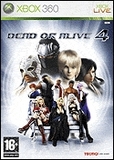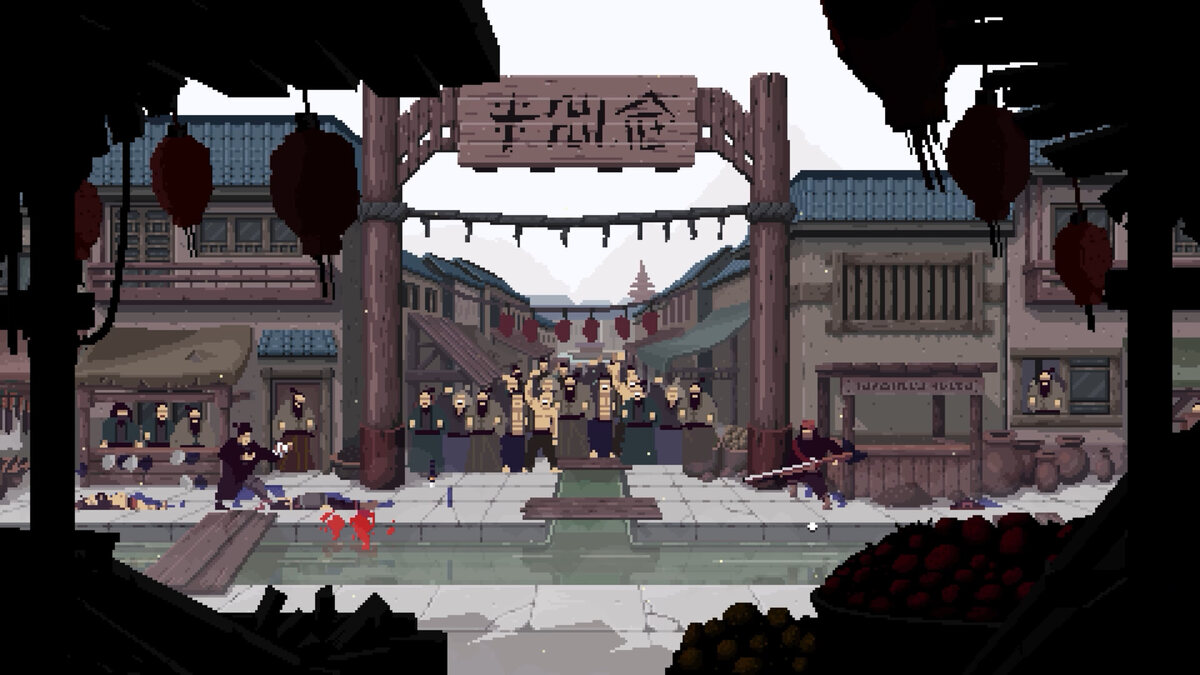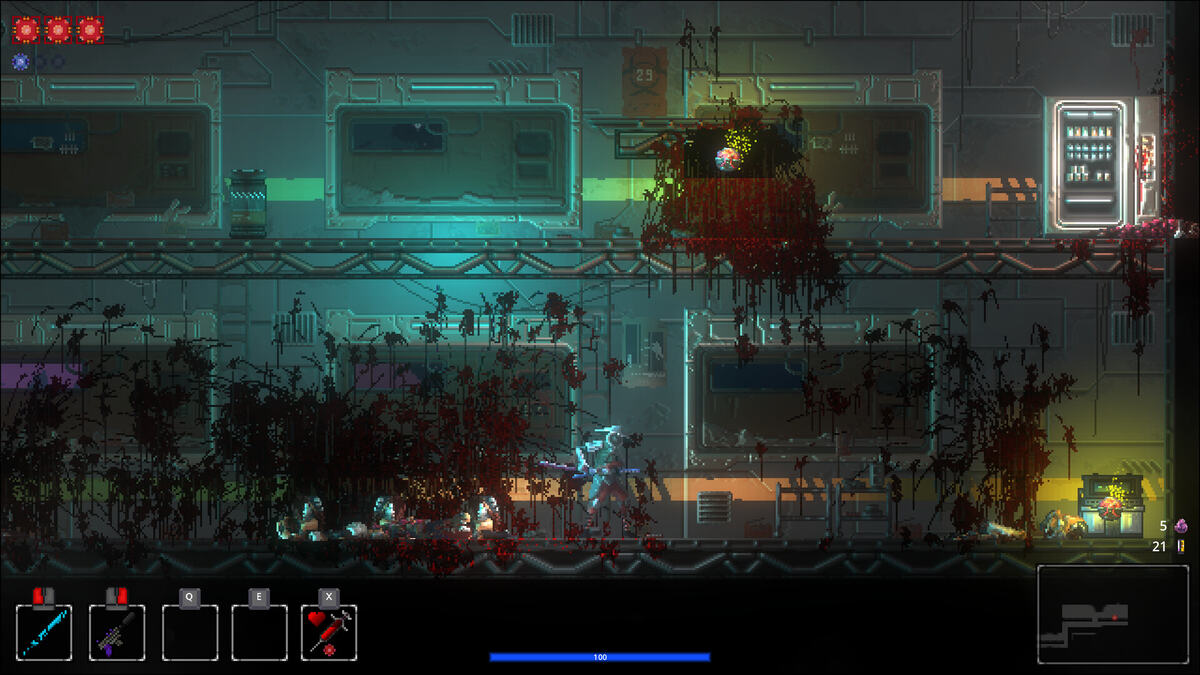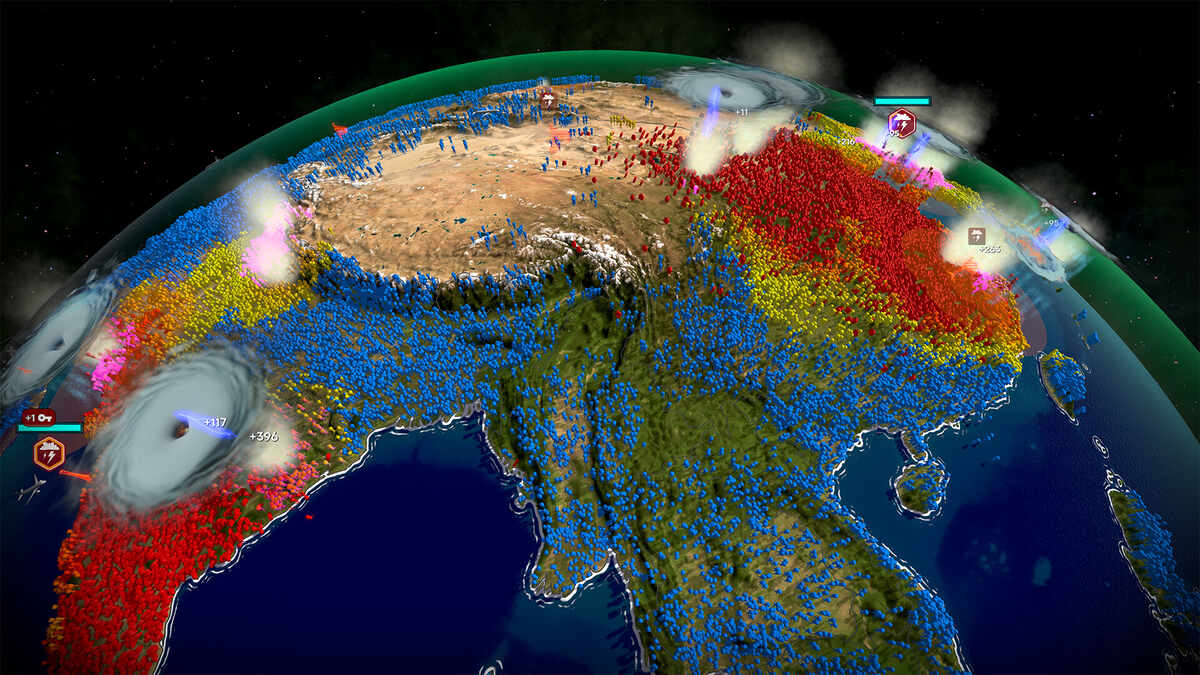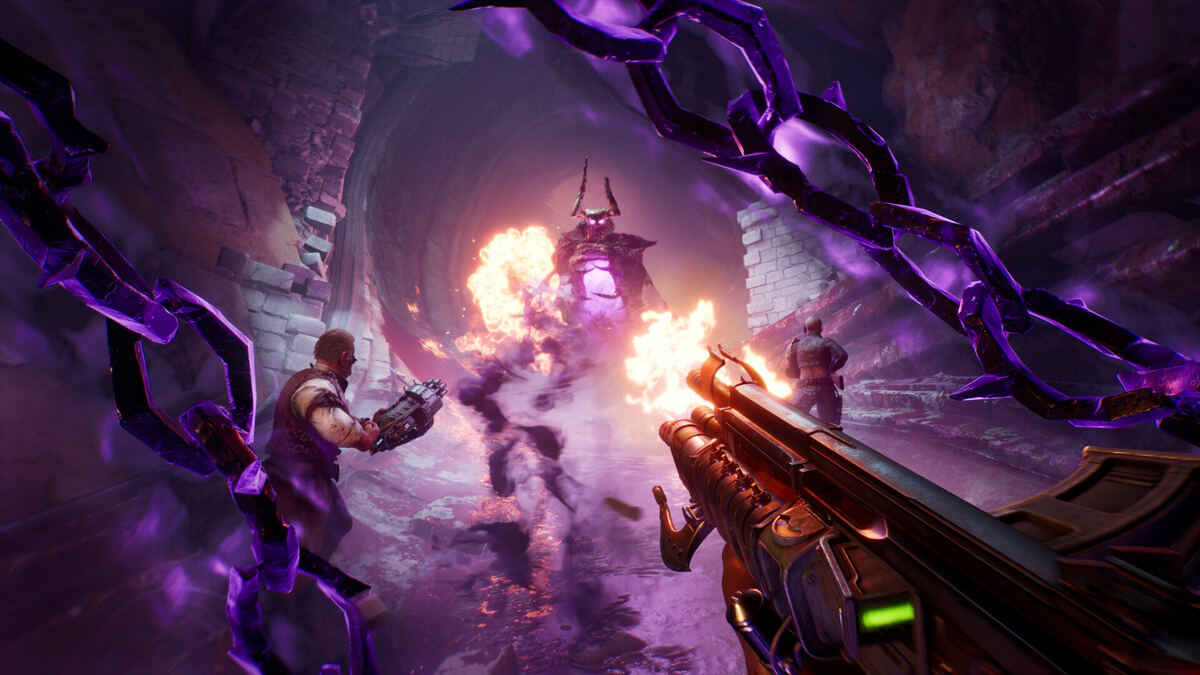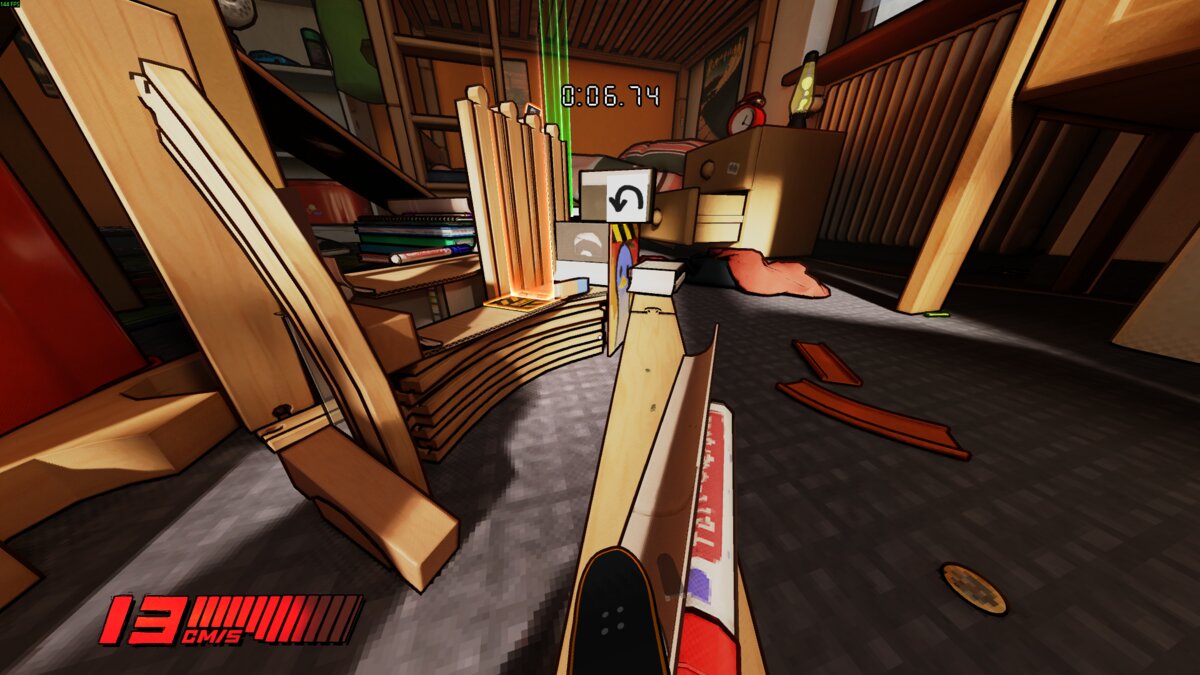You can trust VideoGamer. Our team of gaming experts spend hours testing and reviewing the latest games, to ensure you're reading the most comprehensive guide possible. Rest assured, all imagery and advice is unique and original. Check out how we test and review games here
With its release here in the UK drawing ever so near, we felt it might be a good idea to give some first impressions on one of the 360’s most talked about games of last year. Not only has Dead or Alive 4 seen its fair share of delays, but it has also never really had a confirmed release date. Sure there’s been speculation, but as is the case with every Team Ninja release, it’s more or less a guessing game until the title is visibly on store shelves. But alas, the wait is now over for our North American chums and it’s almost over for us (although a European released date hasn’t been set in stone, the game is expected early in February). With the US version in hand, how does it fare against last year’s DOA Ultimate? Does it even compare? Are the visuals really that good? Has the suspense been built up enough? I think it has, so on with the preview!
At first glance DOA 4 appears to be a whole lot of the same, with the exception of a few new characters, levels, and some new box art. Even the menu screen is eerily reminiscent of DOA Ultimate. But don’t be fooled into believing this is last year’s game with a new coat of paint. On the contrary, Itagaki and his crew have clearly put a lot of effort into the title and have addressed some of the series’ biggest issues.
Let’s not beat around the bush. The DOA series has been for the casual gamer, and in a sense, it always will be. No matter what changes are made, DOA will never be as complicated a fighter as Tekken or Virtua Fighter. So, depending on your taste in fighters, DOA is either the game for you, or it isn’t – there’s no grey area here. Past titles have been about mashing a string of combos together without much thought, and this resulted in relatively easy victories. Matches were short, the fights were a frenzy of high and low jabs, and to be honest, there wasn’t a whole lot of depth to be found. I love the series as much as the next fan, but there really is no point in pretending the series has been anything more than an arcade fighter.
However, DOA 4 is different. There’s much more of an emphasis on the counter system than before, and it certainly hasn’t gotten any easier. You’ll love it, master it, and love it some more, or return the game after you’ve washed your mouth out with soap. The way the counter system works is similar to before, but the window of opportunity to counter has been greatly reduced. While you might have been able to counter every attack in previous DOAs, The fourth demands precise timing right down to the millisecond. Also, each attack has to be countered by a different command based on the opponent’s attack. So countering Lei Fang’s high kick requires a different command than countering Lei Fang’s throw. To sum up the paragraph: the new counter system is going to make or break your love for this game, and whether you want to or not, you’re going to have to pump in some serious play time to get the timing right and become an effective fighter.
As if spending the first five hours of gameplay learning the counter system wasn’t enough, the game’s overall difficulty has been bumped up about a dozen notches. The AI in story mode is merciless and since there’s no option to adjust the difficulty below the default (normal) level, things can get a little hairy. After the first few mandatory training fights, where the opponent more or less stands still and takes a beating, the AI learns to counter just about everything you throw at it. Dead or Alive 4 simply cannot be played like any of the other games in the series. You’ll get frustrated and probably pull out a few strands of hair, but just like Team Ninja’s other gem, Ninja Gaiden, practice makes perfect.
Another adjustment to the series is the amount of interactivity in the stages. A prime example of this is the Vegas stage, where you’ll have to avoid oncoming traffic during the course of the fight, or the Savannah stage, where you’ll have to keep an eye out for the local wildlife. If you do get hit by an object in the environment, you’ll lose a bit of damage but never enough to end the match. In the past, if you knocked someone with little health over a cliffside, that fighter would be knocked out. In DOA 4, even if the fighter only has a smidgen of health left, the match won’t end through environmental damage. Speaking of damage, characters do far less than before, resulting in much longer matches. This is great for veteran fighters, but may well annoy more novice players.
If anything, Team Ninja knows how to beef up its titles. Dead or Alive 4 is filled with game modes and extras, ranging from the incredibly deep sparing mode, to the excruciatingly painful survival mode, as well as dozens of bonus costumes, hairstyles, accessories, and a plethora of characters to choose from and unlock. The DOA roster has been updated too, with some great new fighters, such as the difficult-to-learn but ultimately rewarding Kokoro, or La Miraposa, with her elegant style of ground-based combat and wrestling manoeuvres. And you really will have to master each and every one of them if you want to earn the greatest addition of them all, Spartan-458, or Nicole as Bungie has dubbed her.
In a nice nod to the Halo franchise, Team Ninja has included its very own Spartan on the character roster. Think of Nicole as a combination of Tina and Bayman. She’s one of the slower, but extremely powerful characters, and is also the most difficult to master. Not to mention she has the sweetest combo ever that results in a plasma grenade to the torso for an easy knockout. Only the dedicated will unlock her, and only the best DOA players will be able to use her effectively.
One of the best new features is the online-play and lobby system. Players can choose from Quick Match, Optimatch, or Custom Match, each with an assortment of options waiting to be customized and tweaked. Depending on the outcome of the match, and the opponent’s rank, you earn a higher or lower grade, as well as Zack dollars, which can be used to purchase new costumes, accessories, avatars and bits and pieces for your online lobby. The options are pretty much limitless and the number of play modes is incredible. Best of all are the tag team matches, where you can assemble a team of three players to duke it out against another team for the tag team title. During some lengthy online sessions the experience was virtually lag free and void of any visual glitches that you would expect from such an ambitious online project. Only once did I encounter serious lag, and even then it wasn’t enough to break up the match.
Team Ninja has been taking some criticism in the past few months from fans who weren’t impressed with what they had seen of Dead or Alive 4 on the 360, but the final game is one of the best looking titles to grace the system. The background environments are a terrific example of the system’s capabilities, with destructible objects, multi-tiered levels, gorgeous landscapes and so on. The reflections in the Vegas stage are also top notch and the rivers flow with ultra realism. On the other hand, the character models haven’t changed much in their appearance, and this is an obvious artistic decision on Itagaki’s part. They still look like porcelain dolls, and look a bit odd in contrast with the highly detailed environments. There’s also some clipping issues that could have seen addressed, but there’s no hiding the fact that Team Ninja has done a wonderful job bringing the DOA series to life on the 360.
Expect our full review closer to the game’s release early next month.
/https://oimg.videogamer.com/images/512b/dead_or_alive_4_6.jpg)
